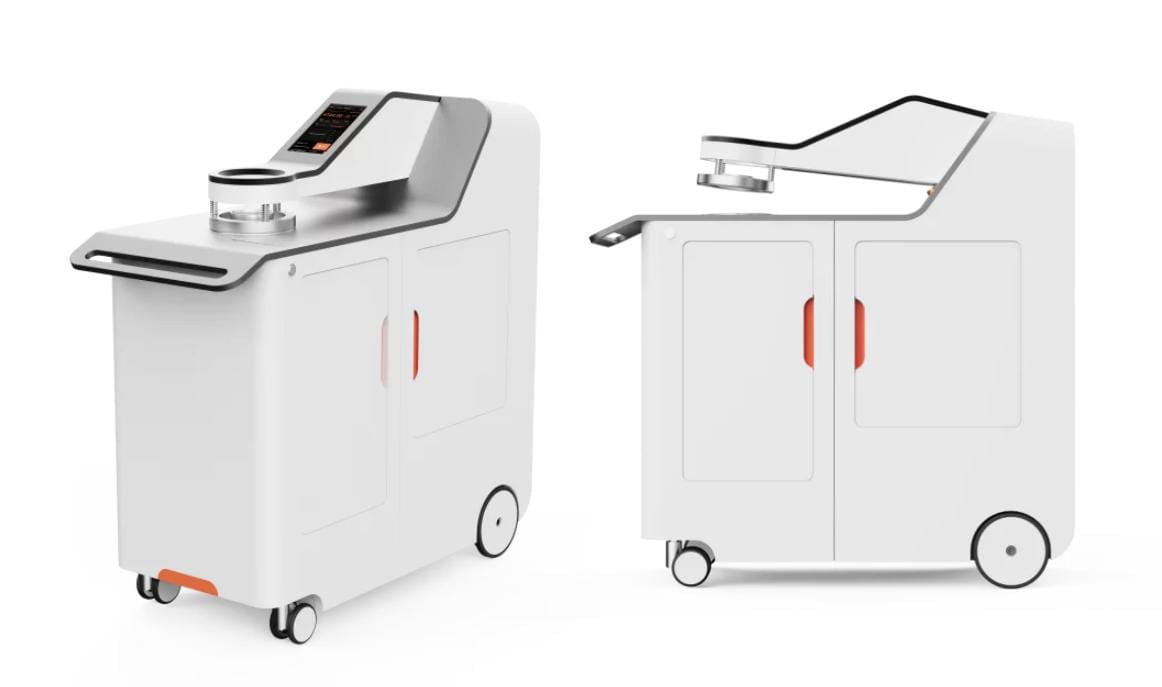When you think about the clothes you wear, you might consider their color, how soft they feel, or how well they fit. But there’s another important factor that can make a big difference, especially in sportswear, work uniforms, or even bed sheets: air permeability. This is how easily air can pass through the fabric, and it plays a critical role in textile performance.
In this article, we’ll explore why air permeability is so important, how it affects comfort and performance, and how an Air Permeability Tester is used to measure it. We’ll break it down in a way that’s easy for kids (and everyone else!) to understand.
What Is Air Permeability?
Air permeability is simply the ability of air to pass through a fabric. Some fabrics, like cotton or mesh, allow air to move through them easily. Others, like leather or plastic, don’t let much air in at all.
When air can move through a fabric, it helps the person wearing it stay cool and comfortable. Think about a hot summer day. Would you rather wear a thick, heavy jacket or a light, breathable t-shirt? Most people would choose the t-shirt because it allows air to circulate, keeping you cooler.
Why Does Air Permeability Matter?
Air permeability matters in many situations. Let’s look at a few examples:
- Sportswear: When athletes are running, jumping, or playing sports, their bodies heat up. Clothes with good air permeability let air pass through, helping them stay cooler and more comfortable.
- Workwear: Construction workers, firefighters, and other professionals who work in hot or challenging environments need clothes that keep them cool and dry. Fabrics with high air permeability help with this.
- Everyday Clothing: Even your regular clothes benefit from air permeability. Clothes that allow air to move through them are generally more comfortable to wear, especially during warm weather.
- Bedding: Just like clothing, bed sheets and blankets with good air permeability can help people stay cool and comfortable while they sleep.
How Is Air Permeability Measured?
To understand how well a fabric allows air to pass through, scientists and manufacturers use a tool called an Air Permeability Tester. This device measures how much air can move through a fabric in a given amount of time.
What Does an Air Permeability Tester Do?
An Air Permeability Tester works by applying a controlled amount of air to one side of the fabric and measuring how much of that air comes out on the other side. The result tells manufacturers how breathable the fabric is. This information is used to design clothes, furniture, and other textiles that meet specific performance needs.
For example, sports brands might use an Air Permeability Tester to make sure their fabrics allow enough airflow to keep athletes comfortable. Hospitals might use the tester to ensure their fabrics provide a balance of breathability and protection for medical uniforms or bed sheets.
How Does Air Permeability Affect Comfort?
One of the main reasons air permeability is important is because it affects how comfortable you feel when wearing clothes or using textiles like bedding. Here’s how:
- Breathability: Fabrics that allow more air to pass through are breathable. This means they can help remove heat and moisture (like sweat) from your skin, keeping you cool and dry.
- Moisture Control: When air moves through a fabric, it helps prevent moisture from building up. This is especially important in sportswear or work clothes, where people may sweat a lot.
- Temperature Regulation: Air permeability helps regulate body temperature. In hot conditions, fabrics with good air permeability let cool air in and warm air out, helping you stay comfortable.
- Odor Control: Air-permeable fabrics can also help prevent unpleasant odors by allowing air to circulate. When sweat dries more quickly, it reduces the chance of bacteria growing, which is what causes odors.
Air Permeability in Different Fabrics
Not all fabrics have the same level of air permeability. Let’s look at a few common types of fabric and how they handle airflow:
- Cotton: Cotton is known for being soft and breathable. It allows a lot of air to pass through, which is why many people choose cotton clothes in the summer.
- Polyester: Polyester is often used in sportswear because it can wick moisture away from the skin, but it doesn’t always have the best air permeability. To improve this, some polyester fabrics are designed with special holes or mesh patterns to increase airflow.
- Nylon: Like polyester, nylon is used in many activewear items. It’s strong and lightweight, but it may not always have the same breathability as natural fibers like cotton.
- Wool: Wool is great at keeping you warm in cold weather, but it doesn’t always have the best air permeability. However, some types of wool are designed to be more breathable.
- Leather: Leather has very low air permeability. That’s why it can feel hot and sticky when worn in warm weather. Leather is often used for protection rather than comfort.
Why Is Testing Air Permeability Important?
Testing air permeability helps manufacturers create products that meet the specific needs of their customers. For example, companies making outdoor gear need to know if their fabrics can handle windy conditions while still allowing the wearer to stay cool.
By using an Air Permeability Tester, manufacturers can:
- Improve Comfort: By selecting fabrics with the right amount of airflow, companies can make products that feel more comfortable to wear or use.
- Enhance Performance: Athletes need gear that helps them perform at their best. Testing air permeability ensures that sportswear offers the breathability athletes need to stay cool and focused.
- Ensure Safety: In some cases, fabrics need to balance breathability with other factors, like protection from chemicals or flames. Testing helps manufacturers find the right balance.
- Create Better Products: Whether it’s a t-shirt, a jacket, or a pair of shoes, testing air permeability helps companies design better products that meet the needs of their customers.
How You Can Feel the Difference
Have you ever put on a shirt or a pair of pants and immediately felt too hot or uncomfortable? That’s probably because the fabric didn’t have good air permeability. On the other hand, if you’ve ever worn clothes that felt cool and comfortable all day long, it’s likely that those clothes had good air permeability.
Next time you’re shopping for clothes, especially for warm weather or sports, you might want to think about how breathable the fabric is. Clothes that allow air to flow through them can keep you more comfortable.
The Future of Air Permeability in Textiles
As technology improves, so does the ability to design fabrics with better air permeability. Scientists and engineers are always working on new materials that are more breathable, more comfortable, and better suited to different conditions.
In the future, we may see even more advanced fabrics that can automatically adjust their breathability based on the weather or the activity of the person wearing them. These smart fabrics could help athletes, workers, and everyday people stay even more comfortable.
Conclusion
Air permeability might not be something you think about every day, but it plays a huge role in how comfortable and effective our clothes and textiles are. Whether you’re playing sports, working hard, or just lounging at home, the ability of fabric to let air pass through can make all the difference.
By using tools like the Air Permeability Tester, companies can measure how well fabrics allow air to flow and make improvements to their products. This ensures that we all have access to clothes and textiles that help us stay cool, dry, and comfortable.







Be First to Comment